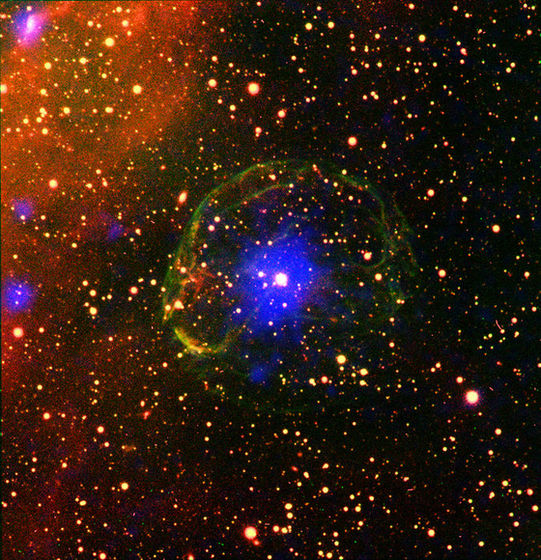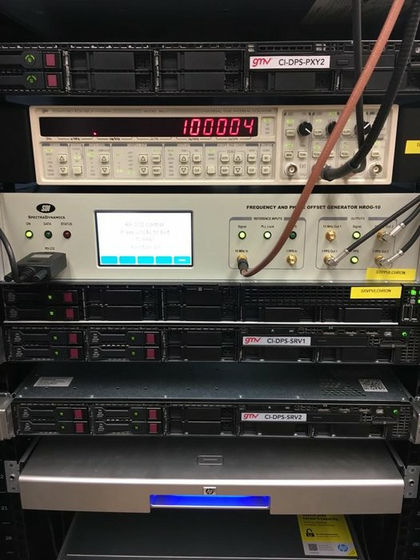Pulsar watch 'PALLON' using pulsar data measured with five radio telescopes

by Seth Macey
At the European Space Agency Technical Center (ESA) in the Netherlands, operation of the pulsar clock " PulChron " began.
ESA sets clock by distant spinning stars / Navigation / Our Activities / ESA
https://www.esa.int/Our_Activities/Navigation/ESA_sets_clock_by_distant_spinning_stars

Pulse clock is a watch that measures the passage of time using radio pulses emitted from neutron stars. Although it lacks short-term stability compared to atomic clocks and optical lattice clocks, it can become a competitor if it is decades such that atomic clocks exceed the working time.

by ESA / XMM - Newton / L. Oskinova / M. Guerrero; CTIO / R. Gruendl / YH Chu
According to Stefano Binda, a navigation engineer who oversees the project, "Parcron" is a time based on pulsar for the time measurement of the satellite navigation system, especially monitoring and generation of " Galileo system time " The goal is to demonstrate the effectiveness of the scale.
Measure 18 pulsars with five 100 m-class radio telescopes in the "Parcron": the Westerborg synthetic radio telescope in the Netherlands, the Efelsburg radio telescope in Germany, the Ravel telescope in the UK, the Nancy radio telescope in France, the Sardinia radio telescope in Italy . By using it to steer the output of the active hydrogen maser atomic clock in Galileo's Time & Geodetic Verification Organization (TGVF) , we achieve both short-medium term stability and long-term reliability.

by ESA
The UTC (Coordinated Universal Time) laboratory adjacent to the ESA monitors the accuracy of Parcron up to one billionth of a second by using three active hydrogen maser atomic clocks and three cesium atomic clocks. According to it, the gradual transition from UTC to pulsar time is expected to be "200 trillionths of a second" a day.
Related Posts:
in Hardware, Posted by logc_nt







